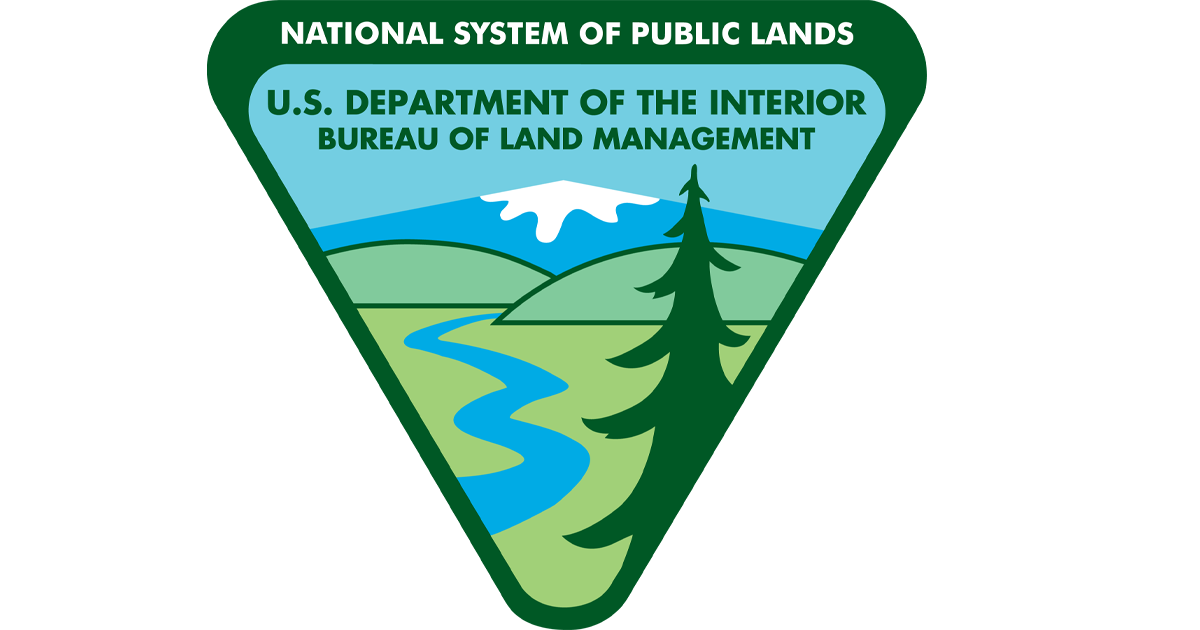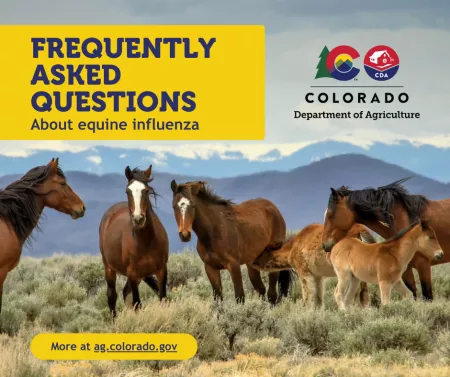Source: https://www.ctvnews.ca/world/mystery...tine-1.5877877
Mystery illness kills 67 horses at a federal cañon city holding facility, facility on quarantine
Rick Sallinger
Published April 26, 2022 10:50 p.m. EDT
CANON CITY, Colorado -
More than five dozen wild horses rounded up are dead after an apparent disease has spread through their holding facilities. They were rounded up by a Bureau of Land Management (BLM) program designed to keep wild horse populations in check.
“It’s extraordinary damage that’s being done to a piece of American heritage here. This is 57 unnecessary deaths,” said Scott Wilson, a board member of the American Wild Horse Campaign and a wildlife photographer.
A short time later the BLM announced 10 more horses had died in the past day bringing the number to 67 since last Saturday...
Mystery illness kills 67 horses at a federal cañon city holding facility, facility on quarantine
Rick Sallinger
Published April 26, 2022 10:50 p.m. EDT
CANON CITY, Colorado -
More than five dozen wild horses rounded up are dead after an apparent disease has spread through their holding facilities. They were rounded up by a Bureau of Land Management (BLM) program designed to keep wild horse populations in check.
“It’s extraordinary damage that’s being done to a piece of American heritage here. This is 57 unnecessary deaths,” said Scott Wilson, a board member of the American Wild Horse Campaign and a wildlife photographer.
A short time later the BLM announced 10 more horses had died in the past day bringing the number to 67 since last Saturday...





Comment